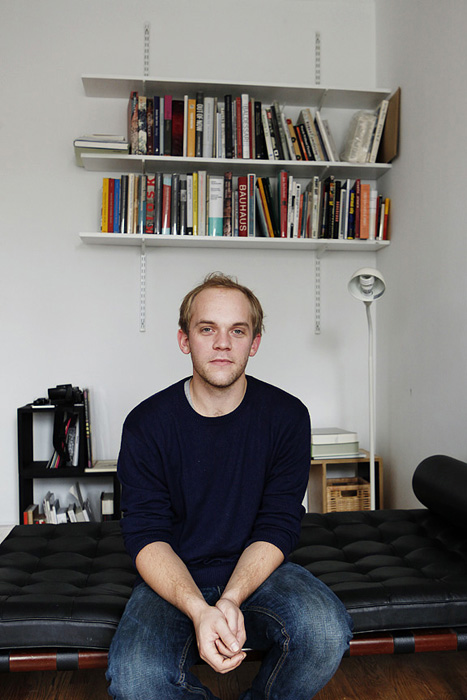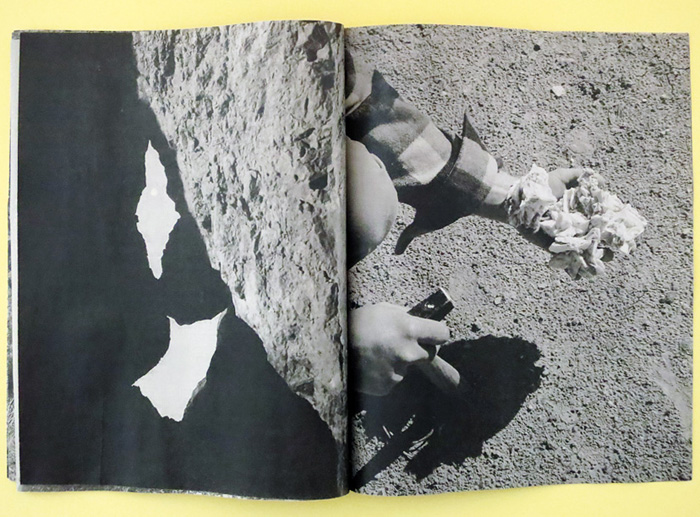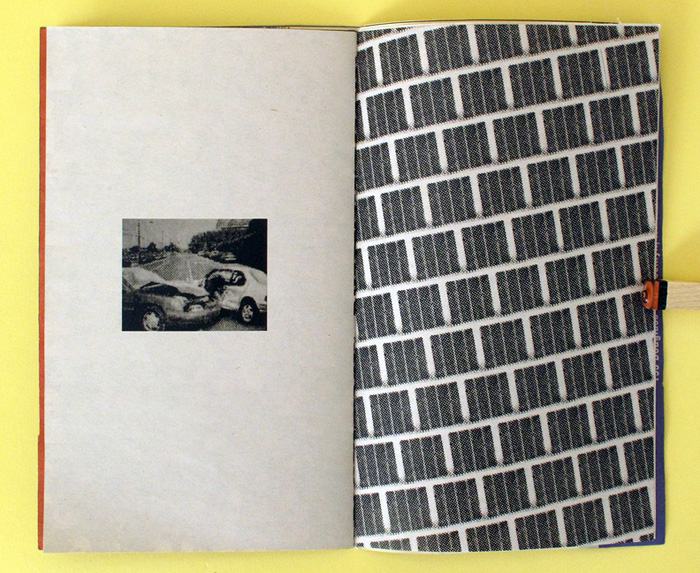Curtis Interview
Building an important body of work of Artists’ books is done one book at a time, one page at a time, one image at a time. It requires putting every idea on trial for its life: changing the editing, changing the layout, waiting for few weeks, months, a year, then removing a page, and putting the page back. This has been Curtis’s strategy for the past few years, producing Artists’ books that contain literally and metaphorically the materials and the sensibility of his time.

-What is the function of an artist studio for you?
The studio is a space I return to, bringing ideas, images and objects in from outside. It offers neutrality, albeit temporarily, where boredom and making are valued equally, and where work is free to shift form or fail.

-Why do you make books?
Making books is an additive process, both physically and conceptually. It’s a challenge in that it becomes about much more than just an image or a set of images. I like bending the practical decisions (means of production, size, choice of paper, binding) back into the work in ways that move the original ideas to someplace more specific and sensory.

-What do you think is the connection between your books?
The artist book is a particularly experimental form, and I’m often surprised by the differences between projects. I think there is an underlying sense of pathos throughout my books. They touch on recurring ideas around the abject in the everyday, pollution, and each project manifests its own material atrophy and impermanence in a different way. Looking back, I’m realizing that most of my books respond directly either to a place or an archive of images. This has never been a conscious working parameter. It makes sense though, that to take on something so well defined as the Gowanus Canal or the city Yellow Pages that I would use the form of a book, which is multi-layered and expansive.

-When you work on a book, when do you consider it finished?
Every book develops at its own pace, some in a month and others over a year. Some projects need to be set aside and ignored before there is a good direction.
I’m never completely certain that a book is finished. The books I am happiest with tend to be slightly unsettled, posing questions and bringing up new ideas.
